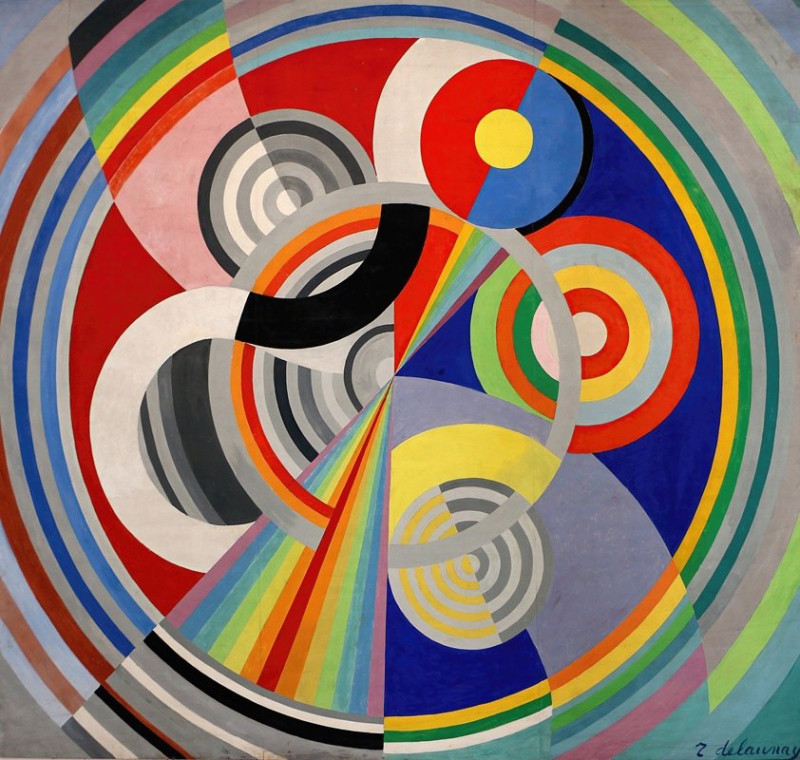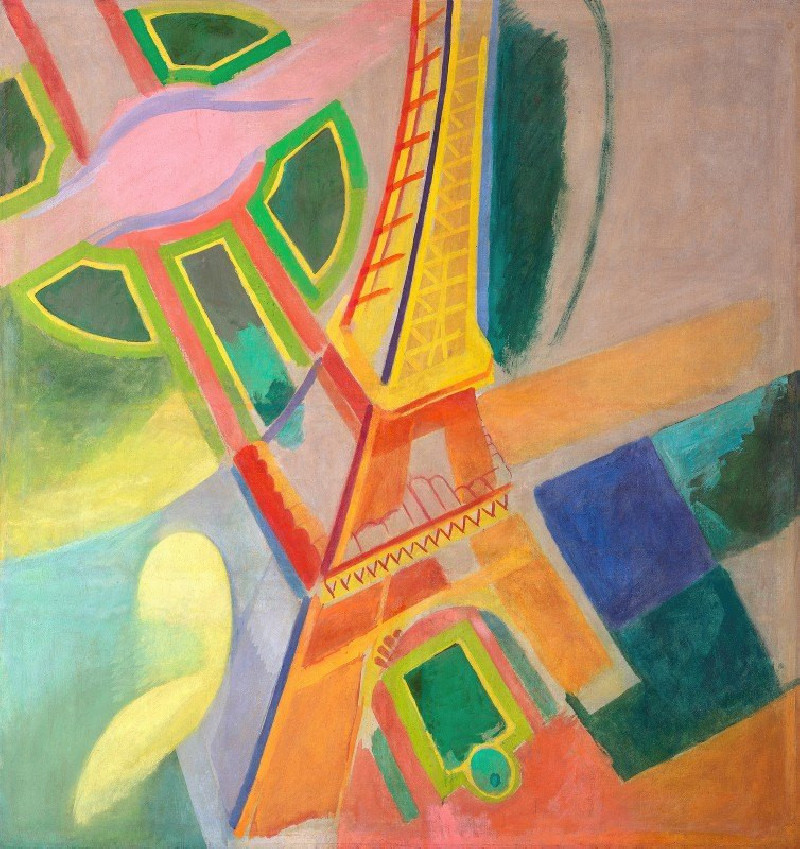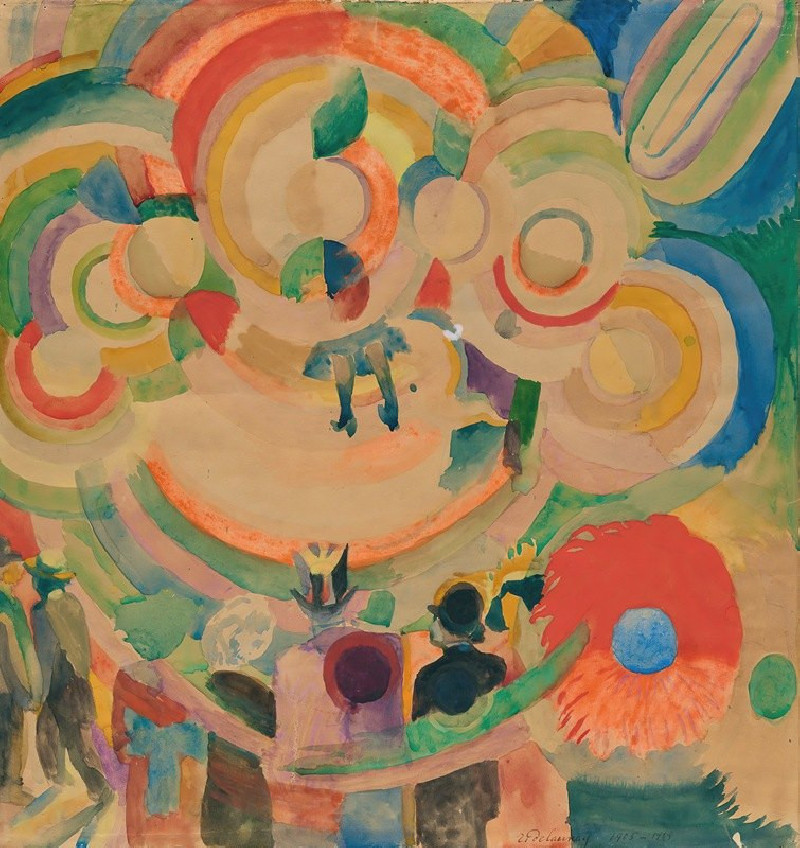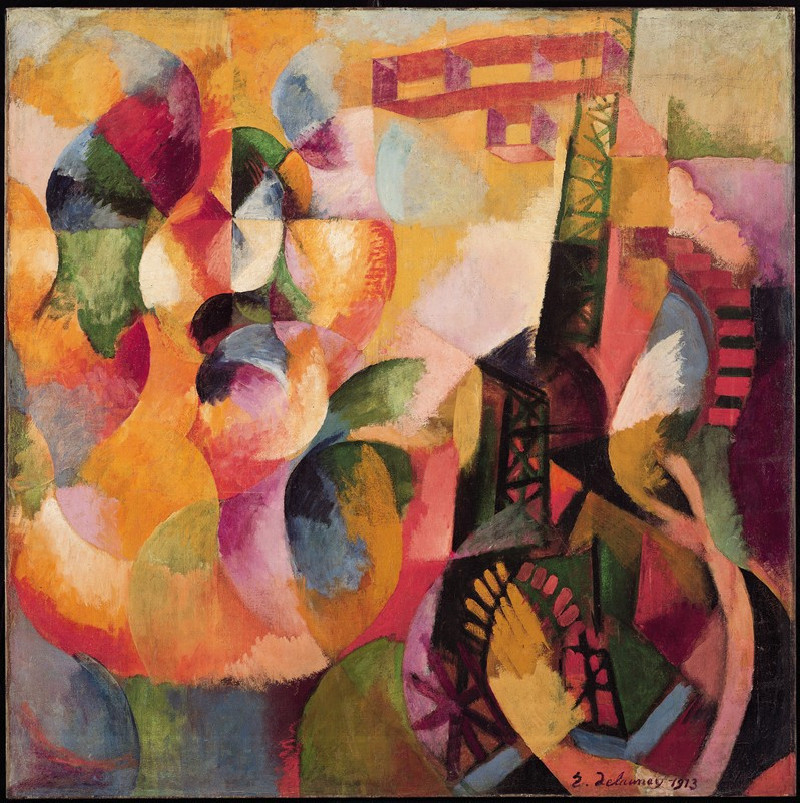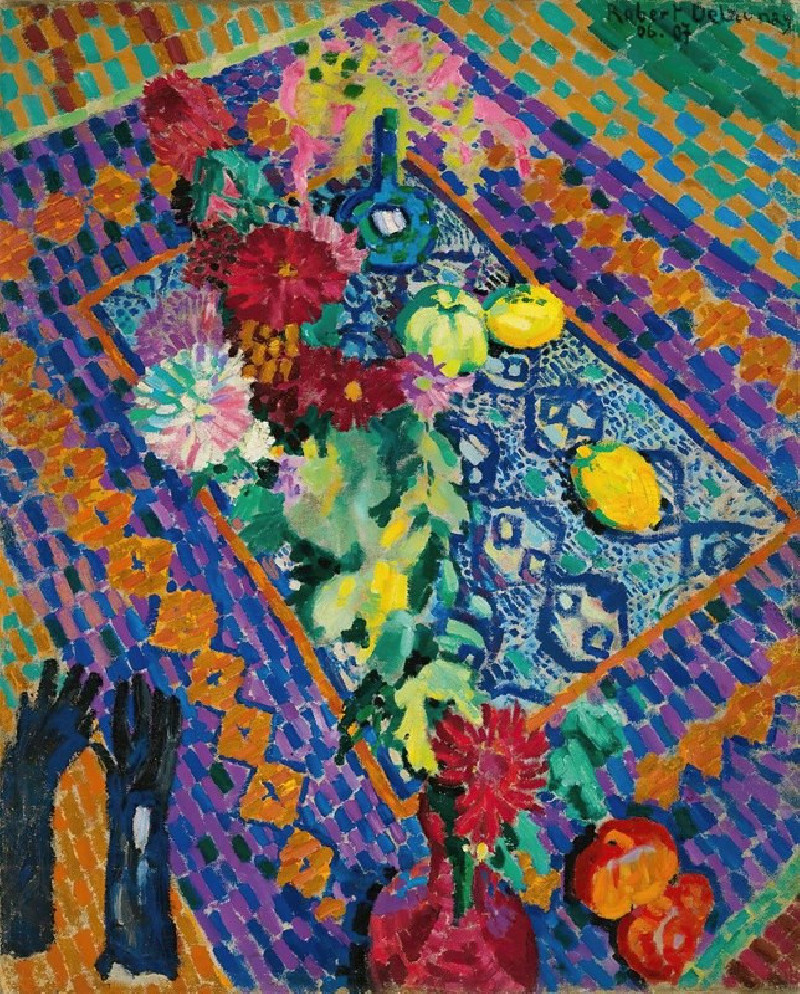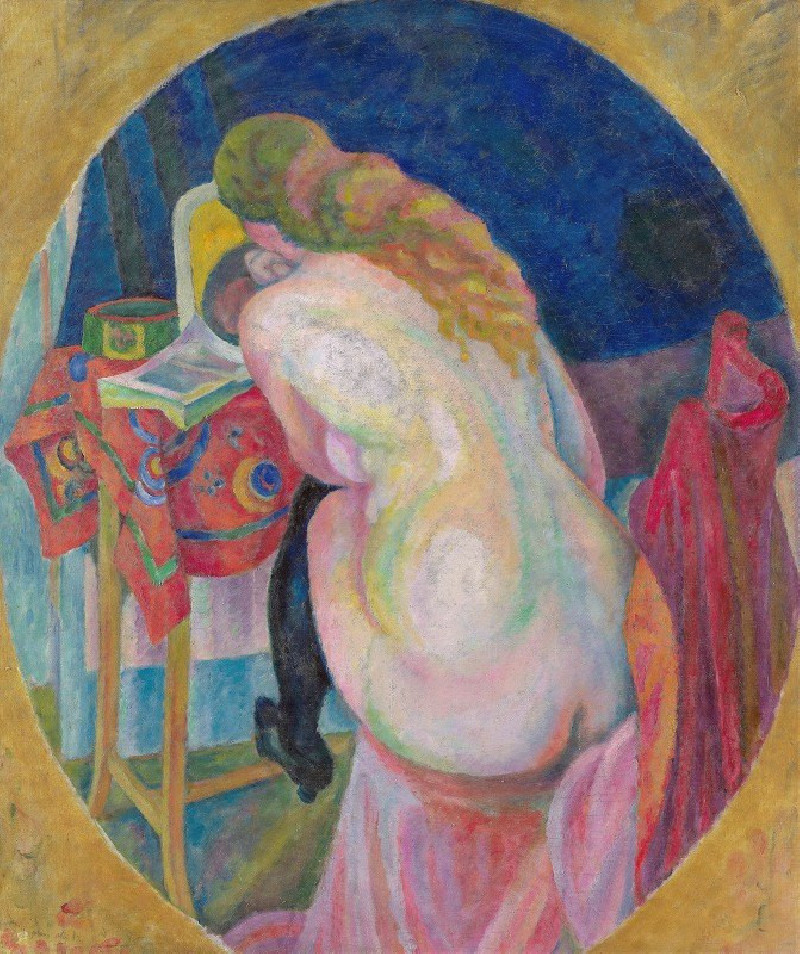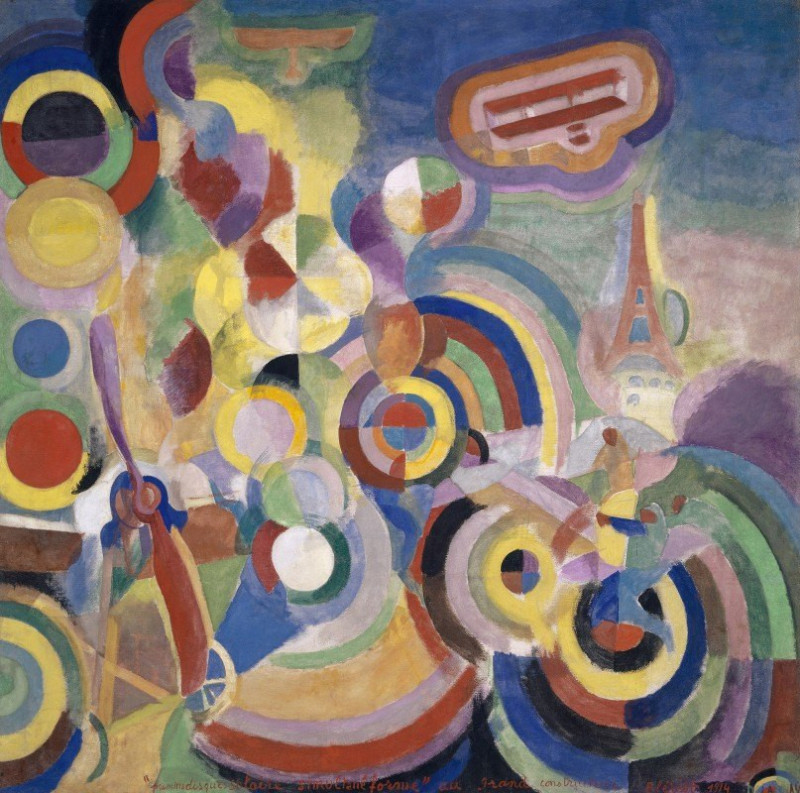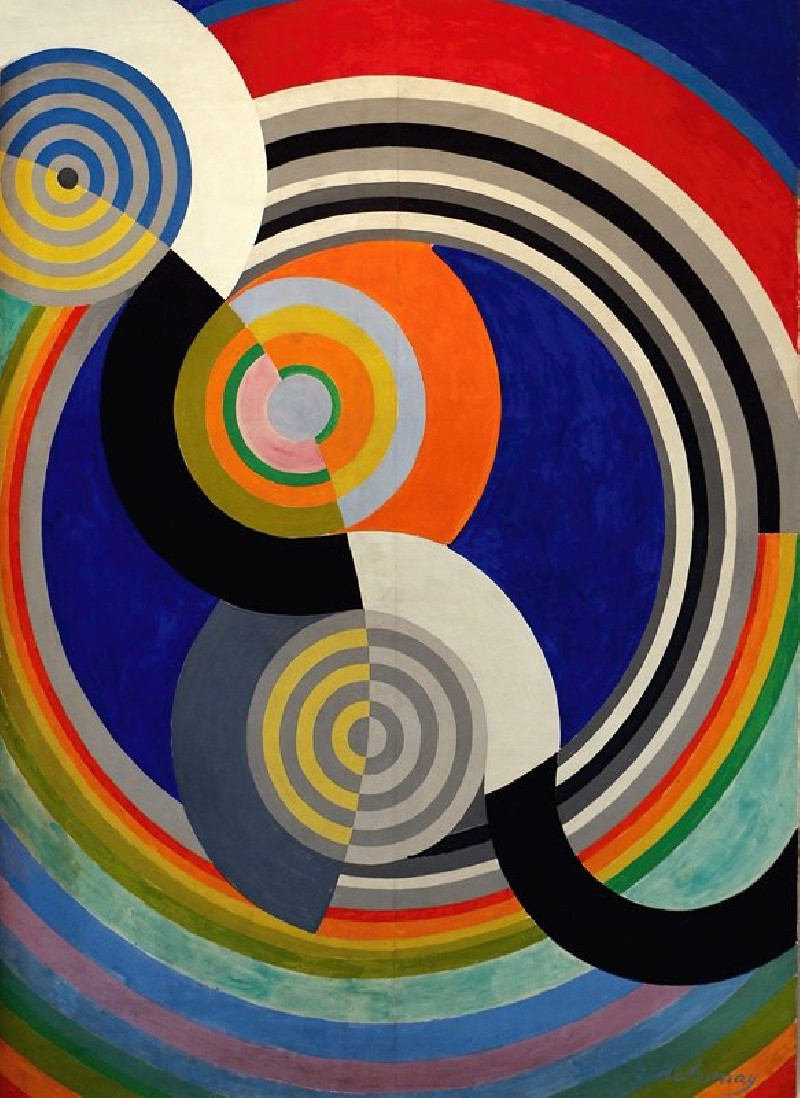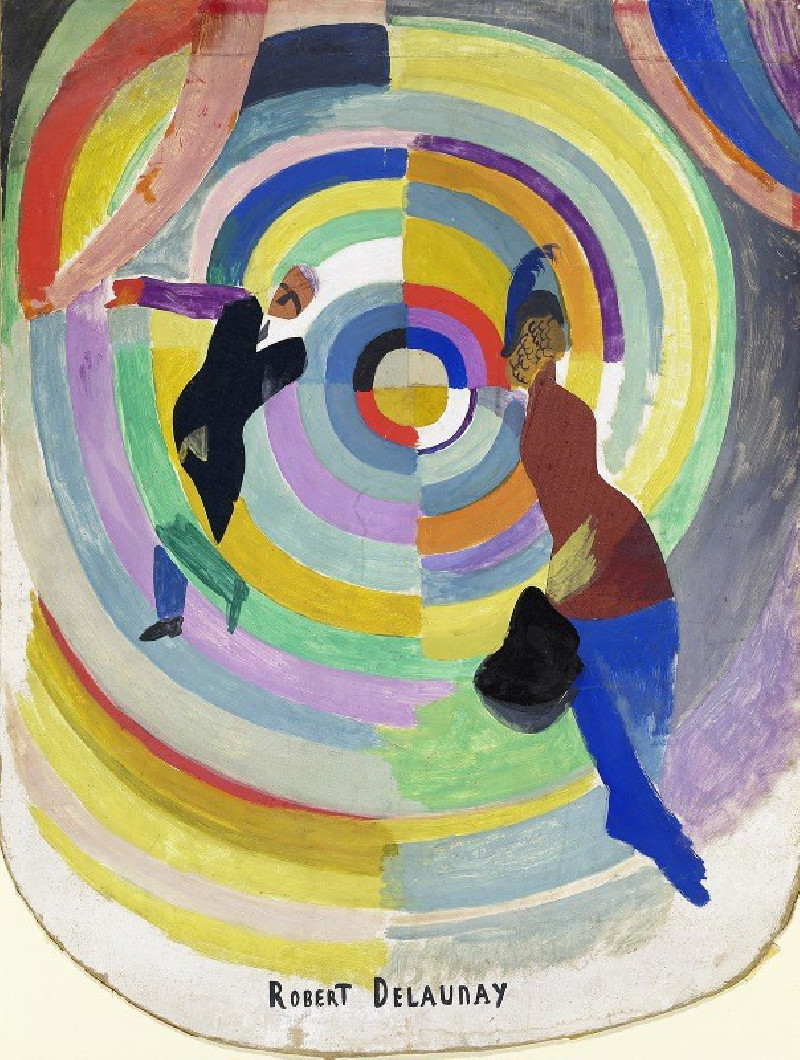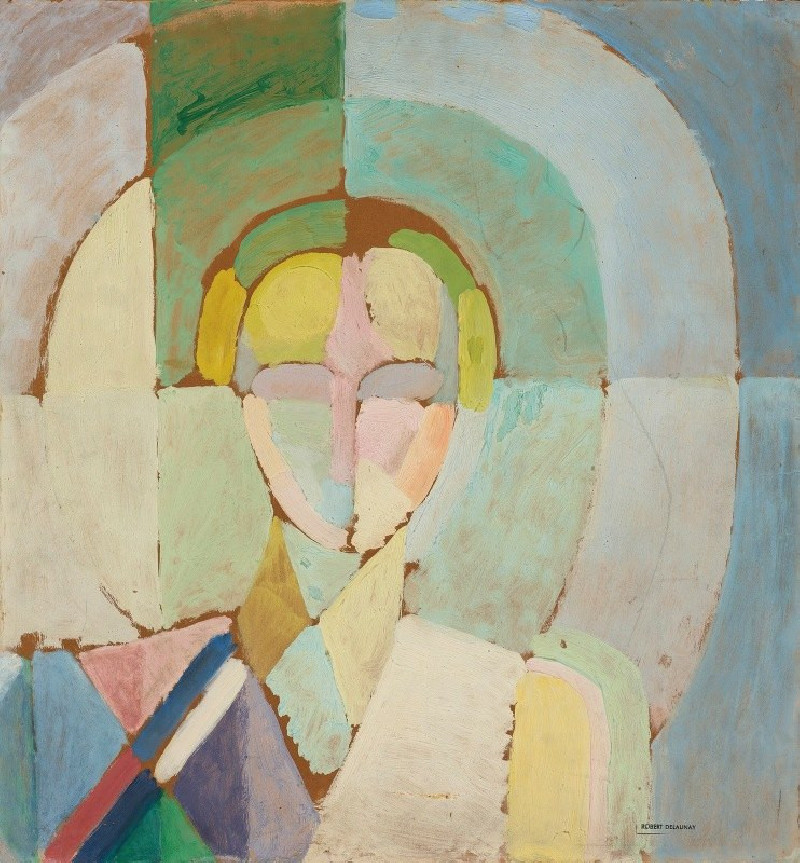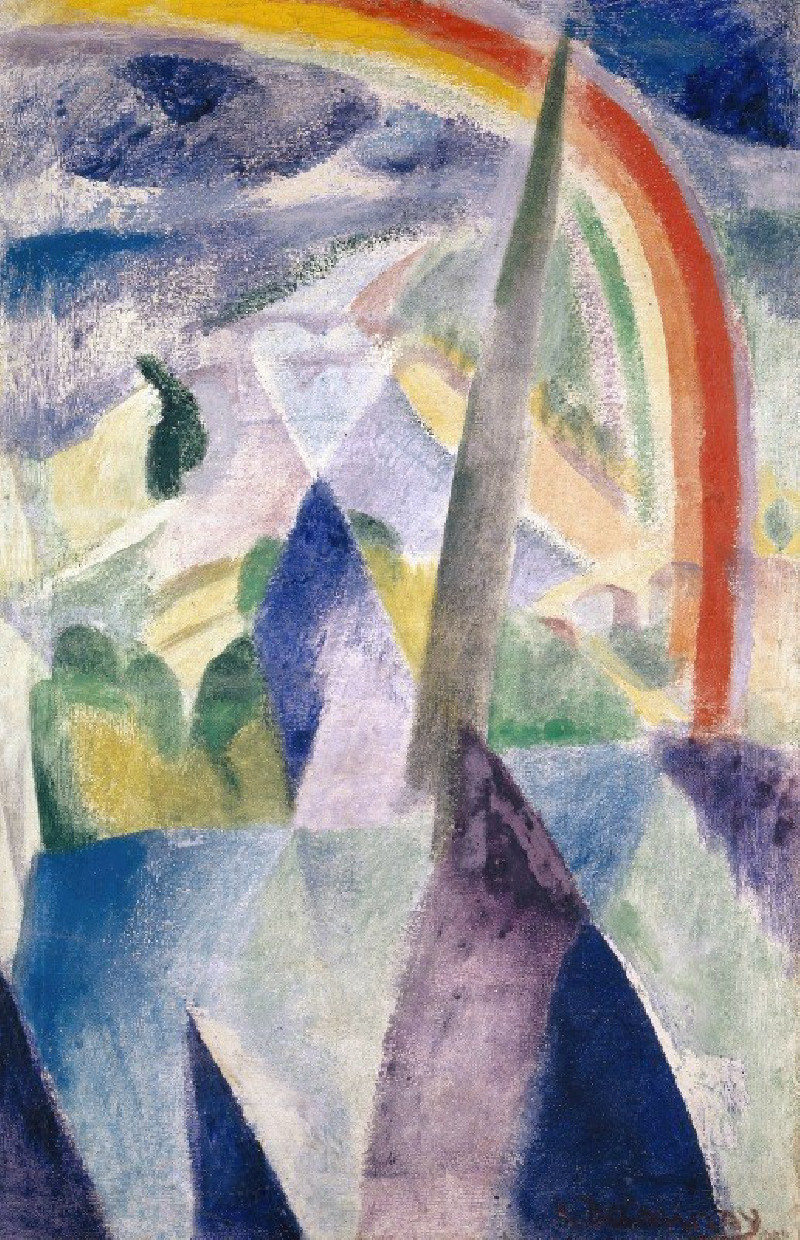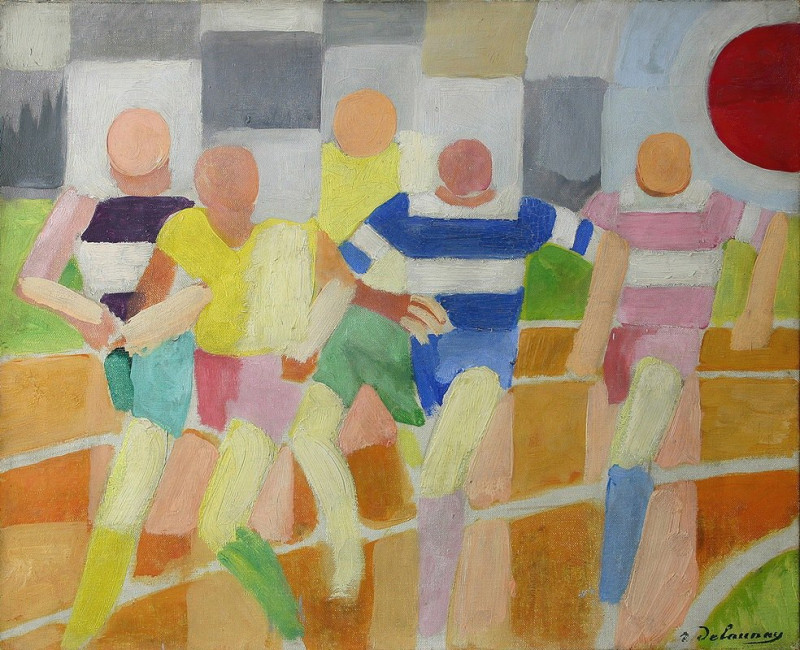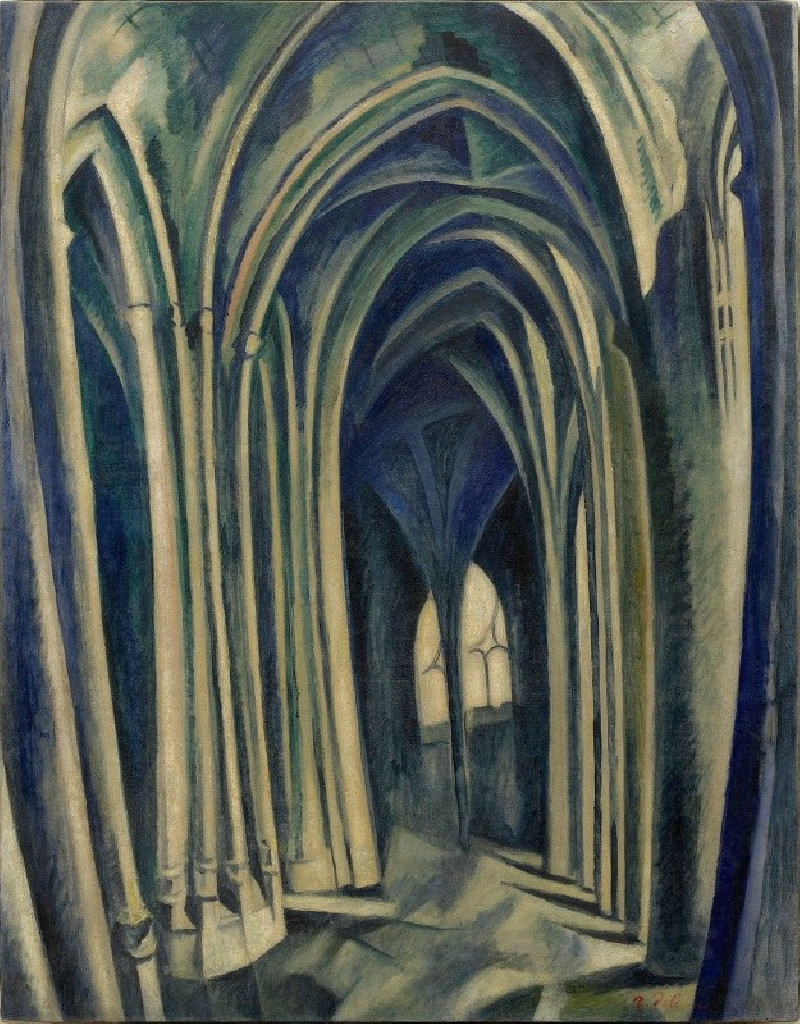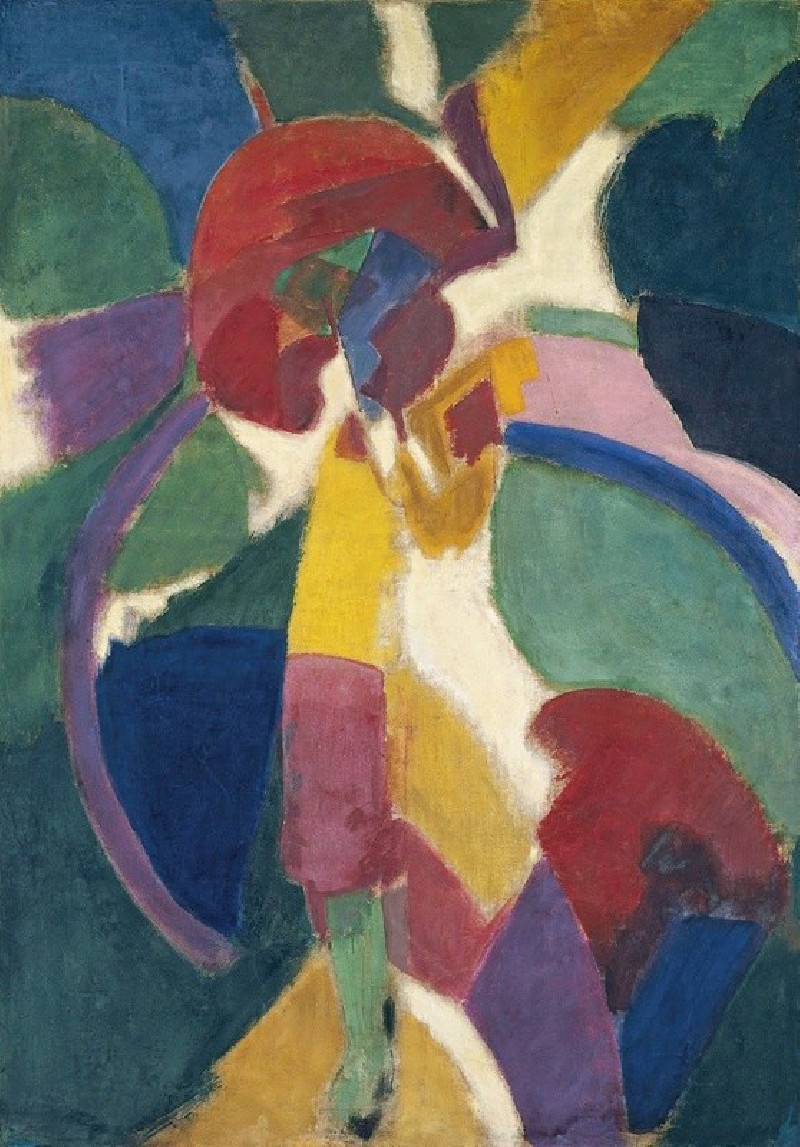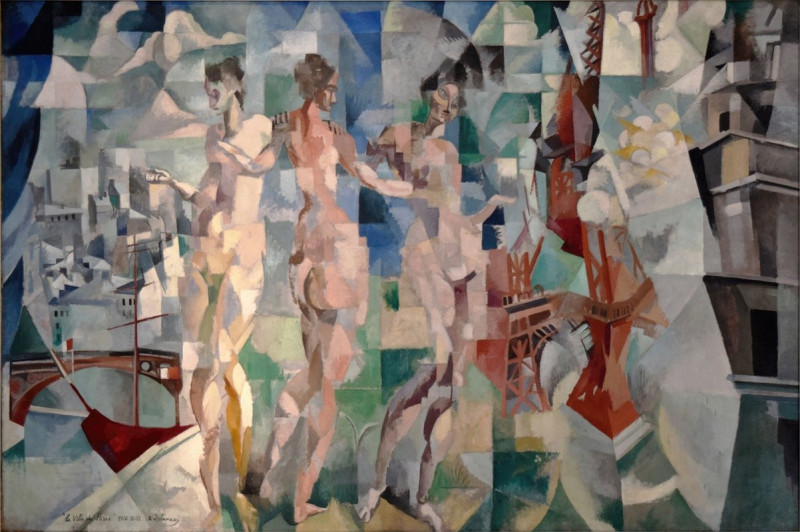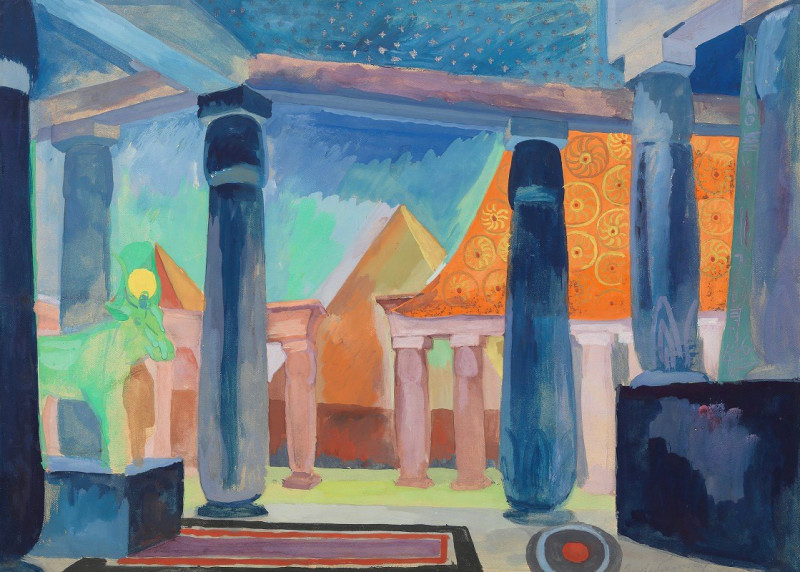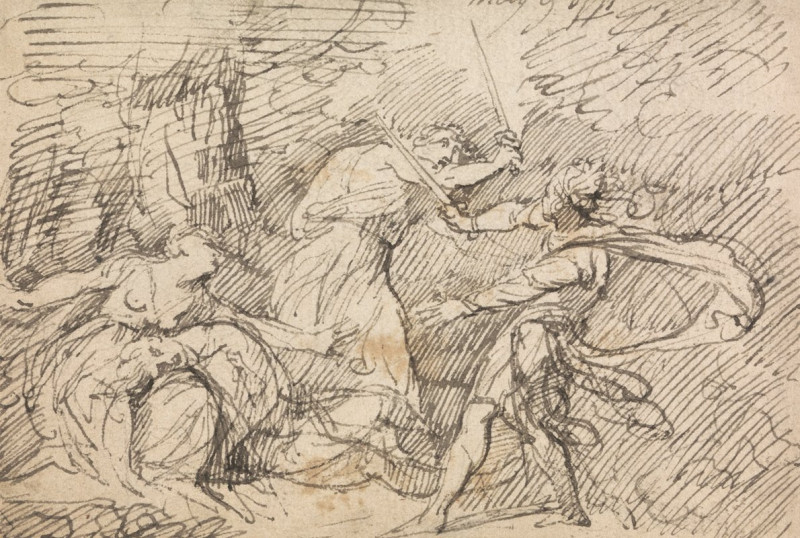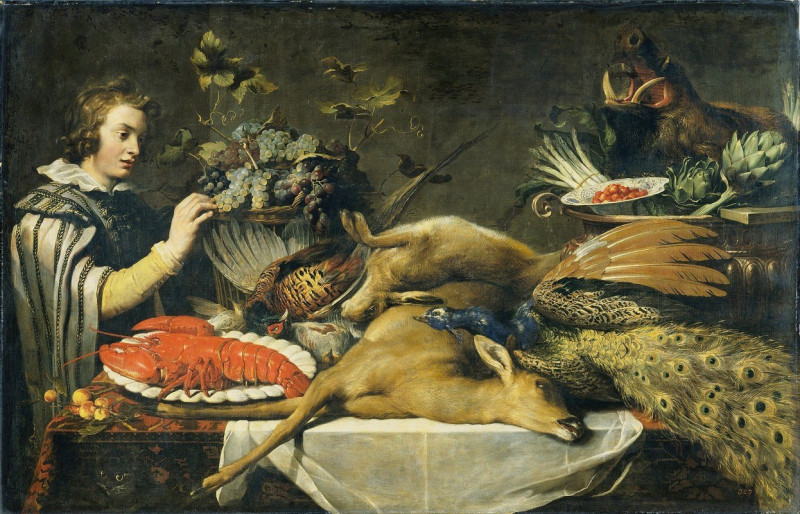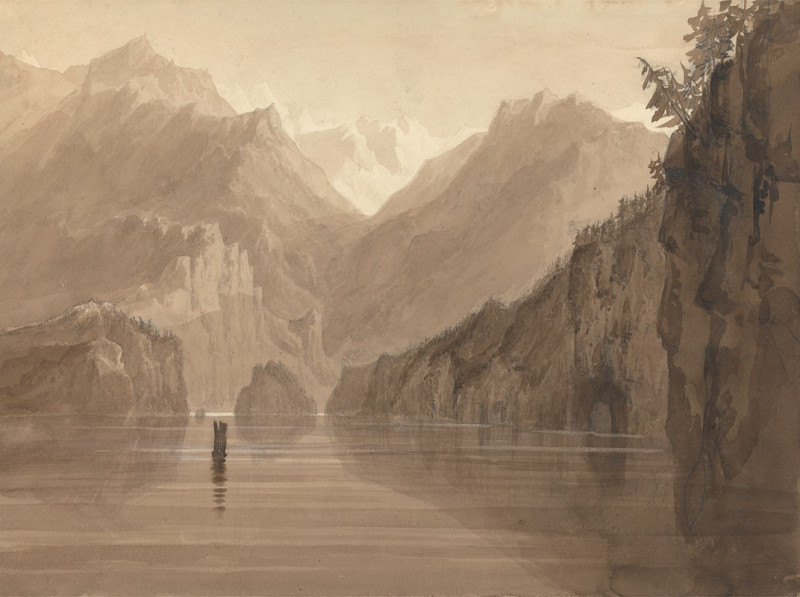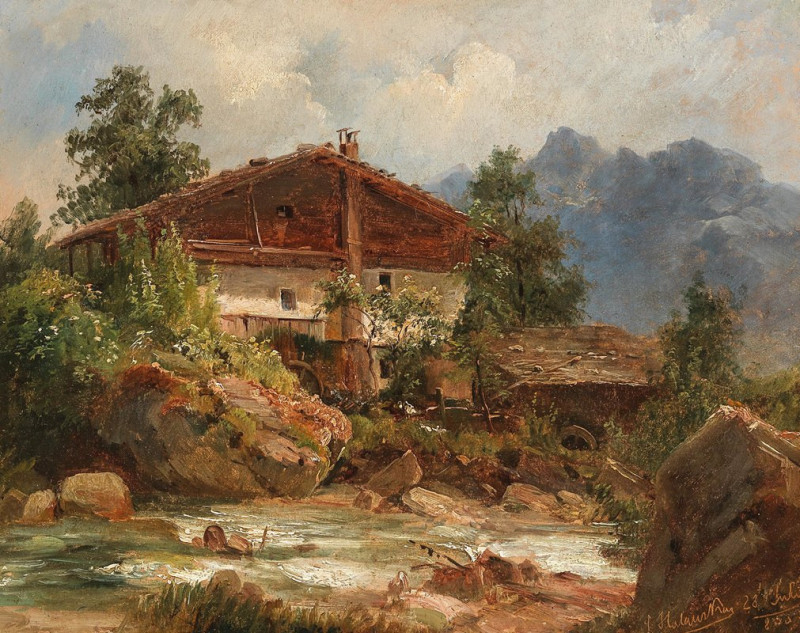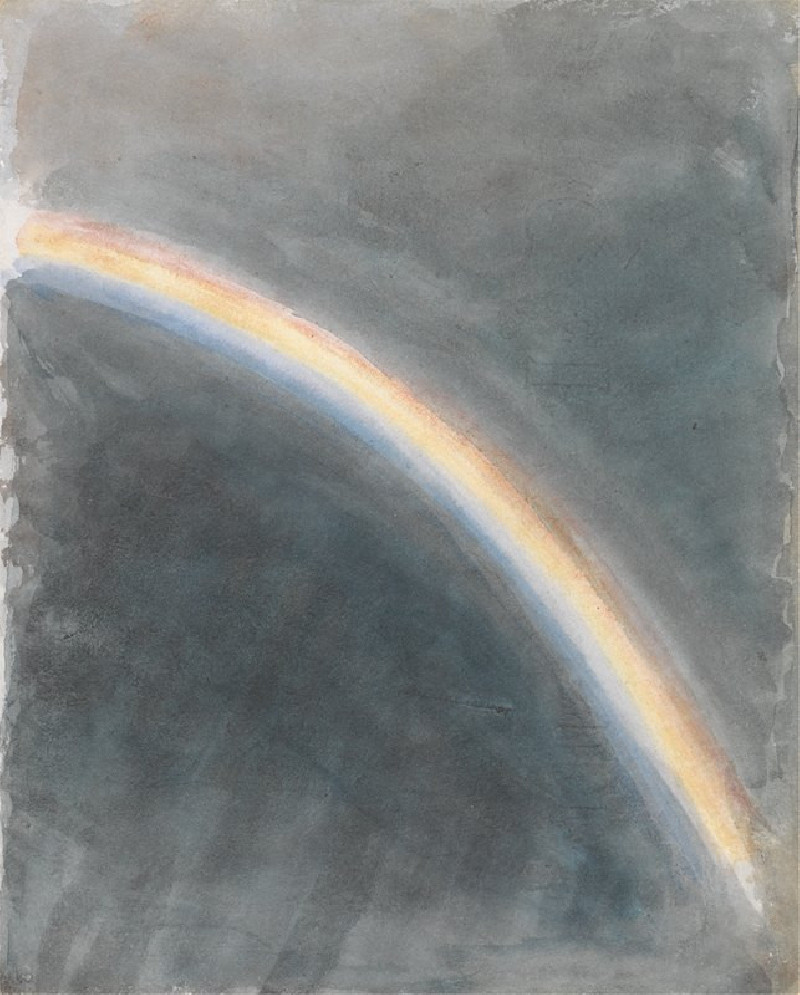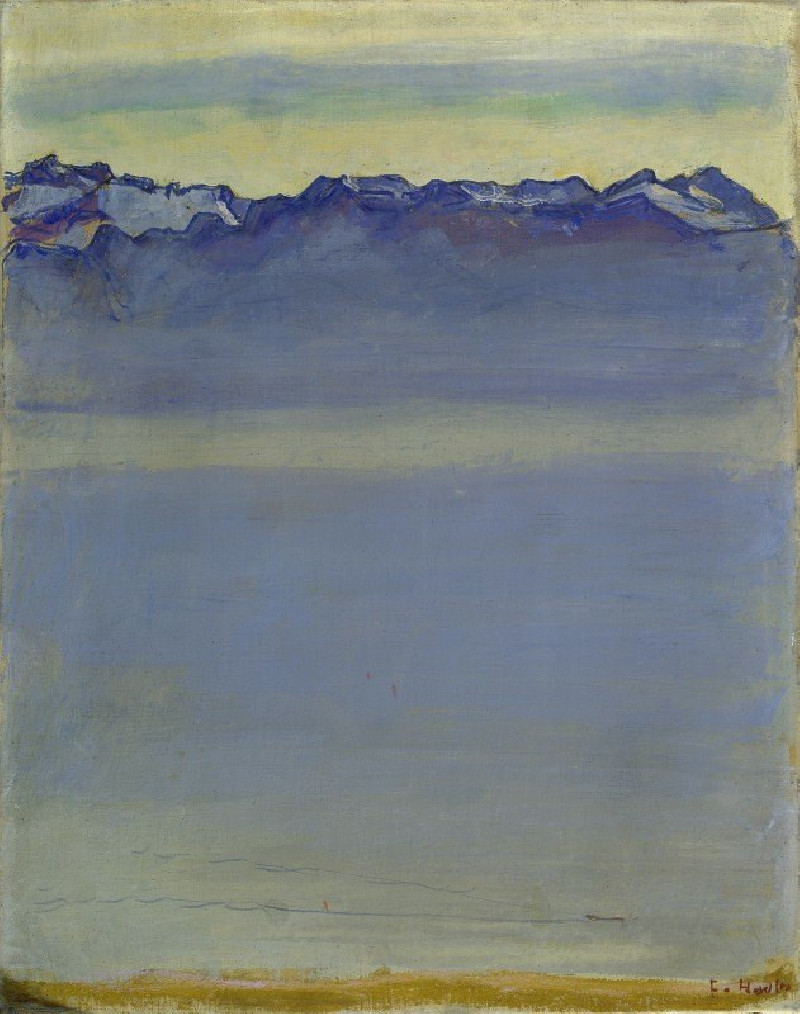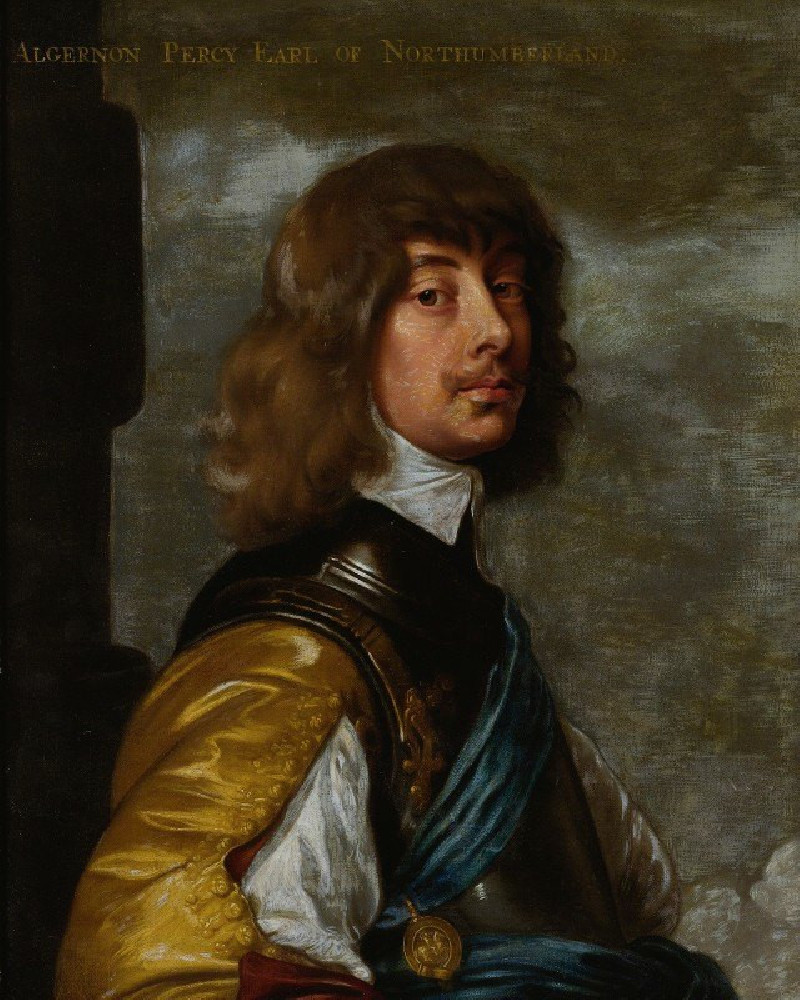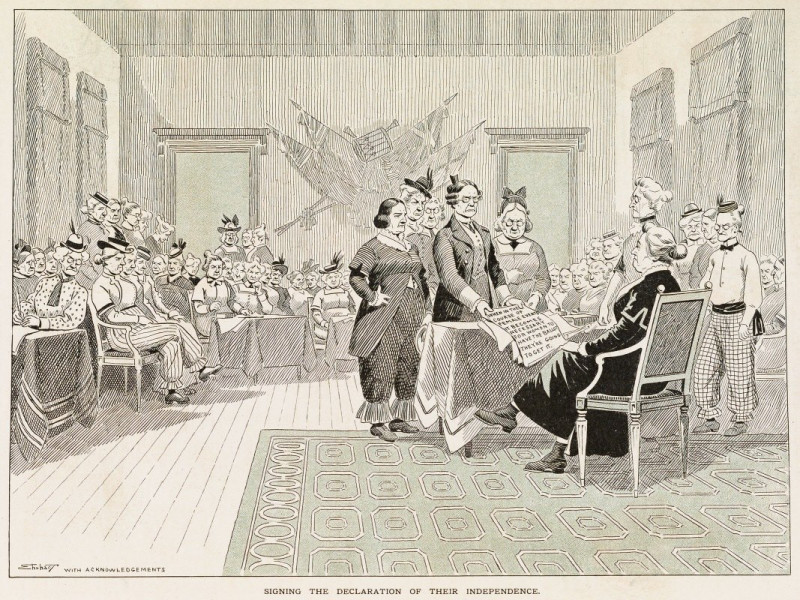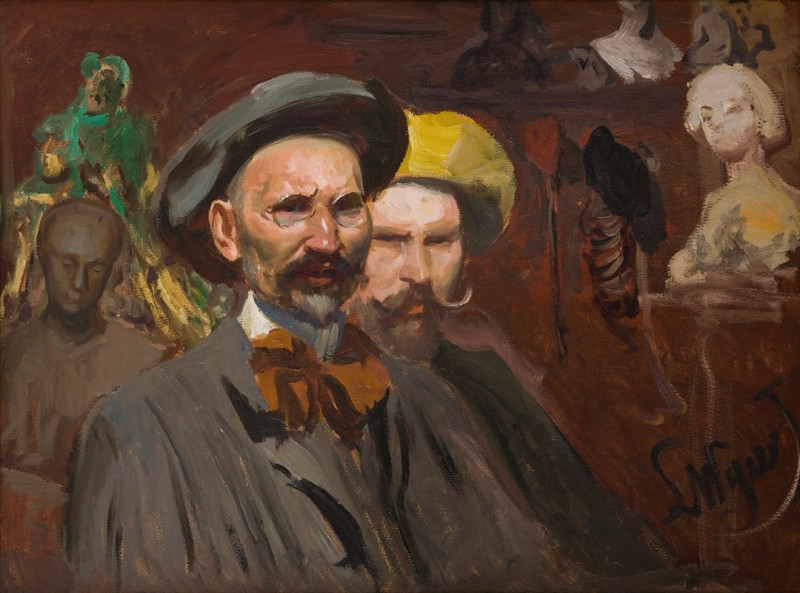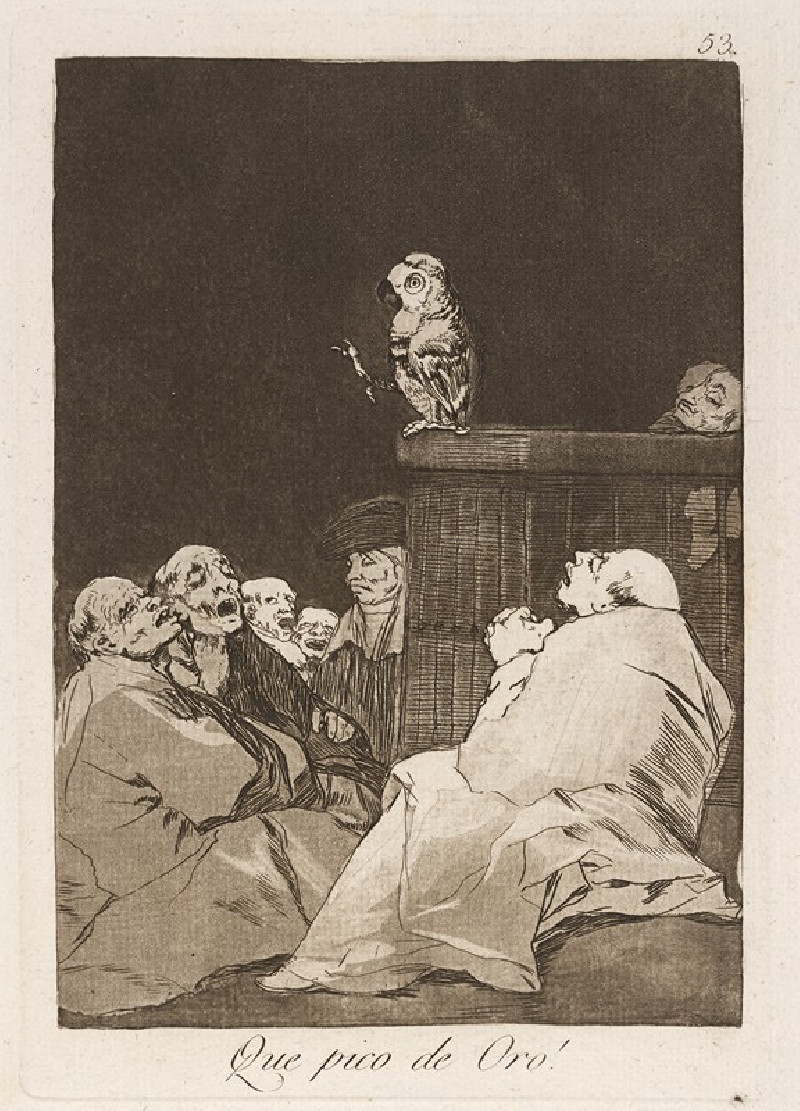Nature morte portugaise (1915)
Technique: Giclée quality print
Recommended by our customers
More about this artwork
Welcome to the captivating world of Robert Delaunay, where color and composition come alive in ways that both surprise and delight. In his 1915 work, "Nature morte portugaise" (Portuguese Still Life), Delaunay exhibits his unique style which merges elements of Cubism with Orphism, leading to a stunning, dynamic interplay of colors and shapes.This vibrant painting presents a tabletop array of objects, each rendered with bold, expressive color contrasts and fluid outlines that reflect the influence of Orphism, a movement that prioritized pure abstraction and bright colors. The scene features a broad spectrum of elements typical of a still life, such as a large, green-rimmed watermelon slice prominently positioned alongside a jug, a candle, and an array of fruits including pears and a vividly rendered orange. Also noticeable are a blue-and-white striped fabric, a cup, and a beautifully clustered bouquet of flowers, adding a touch of organic texture and depth to the composition.The background blends hues of blue, gold, and green, enveloping the objects with a rich tapestry of colors that suggests both depth and harmony. Delaunay's use of fragmented light and color not only enhances the spatial complexity but also energizes the canvas, allowing the eye to travel continuously around the painting."Nature morte portugaise" is more than just a visual delight; it is a testament to Delaunay's mastery in using color to evoke emotion and to transform the mundane into something mesmerizing. This piece invites viewers to explore the relationships between color, light, and form, and to appreciate the beauty inherent in everyday simplicity.
Delivery
Returns
Robert Delaunay was a French artist who, with his wife Sonia Delaunay and others, co-founded the Orphism art movement, noted for its use of strong colours and geometric shapes.
Robert was born on April 12, 1885, in Paris. In 1902, after secondary education, he apprenticed in a studio for theater sets in Belleville. In 1903 he started painting and by 1904 was exhibiting.


